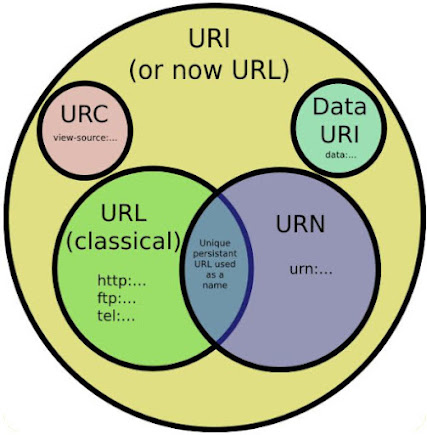Internationalized Resource Identifier (IRI)

An Internationalized Resource Identifier (IRI) is a standard proposed by the IETF ( RFC 3987 ). An IRI is a unique sequence of characters that identifies a resource. IRIs are a generalization of URIs ( RFC3986 ) that permits a wider range of Unicode characters. A Uniform Resource Identifier (URI) is a unique sequence of characters that identifies an abstract or physical resource. The difference between an IRI and a URI is that IRIs use the more modern Universal Character Set (a.k.a. UNICODE) and URIs use the older ASCII character set. The newer IRI format is compatible with the older URI format. The most current version of RDF uses IRIs to identify resources. Don't confuse IRIs with URLs and URNs. A URL is a web address. A URN is a Uniform Resource Name. This Venn diagram shows the relationship between these different tools: Why are IRIs and URIs important? If you are thinking in terms of a single database, a silo of data, then IRIs and URIs might not make much se








